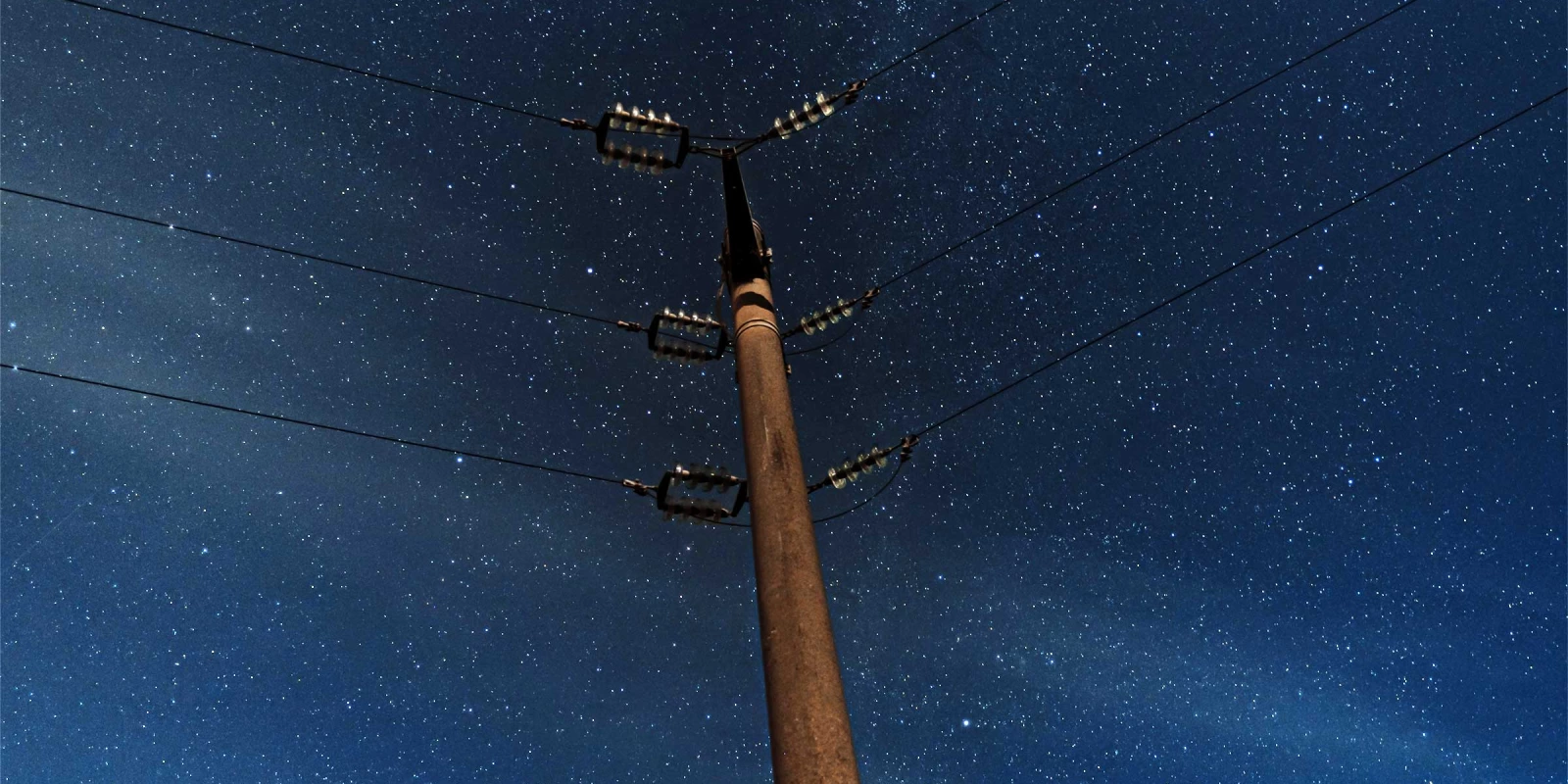
The Basics of Long Exposure Photography for Beginners
If you are new to photography or the creative art of light-painting, I'm here to walk you through the basics.
My name is Andrea and with my Sublument project, I have been helping people learn how to create awesome long-exposure photographs for years now. In this article, I'll share what I've learned about long-exposure photography in a way that beginners can easily understand it.
What is long exposure photography
why is it important for a light painter to understand the basics of it
As a light painter, understanding the basics of long-exposure photography is crucial. Long exposure photography is a technique where the shutter is left open for a significant amount of time, allowing more light to enter the camera and creating a unique visual effect. This serves as the foundation for light-painting, as it allows us to capture the light trails we create in our art.
Not only does understanding long-exposure photography allow us to take better light-painting photographs, but it also provides us with the knowledge to experiment and push the boundaries of our craft. By mastering the fundamentals of this technique, we can create stunning and captivating pieces of art that are bound to leave a lasting impression.
Types of equipment used in long exposure photography: tripod and camera
You can use also a smartphone capable of full manual mode to take long exposure shots
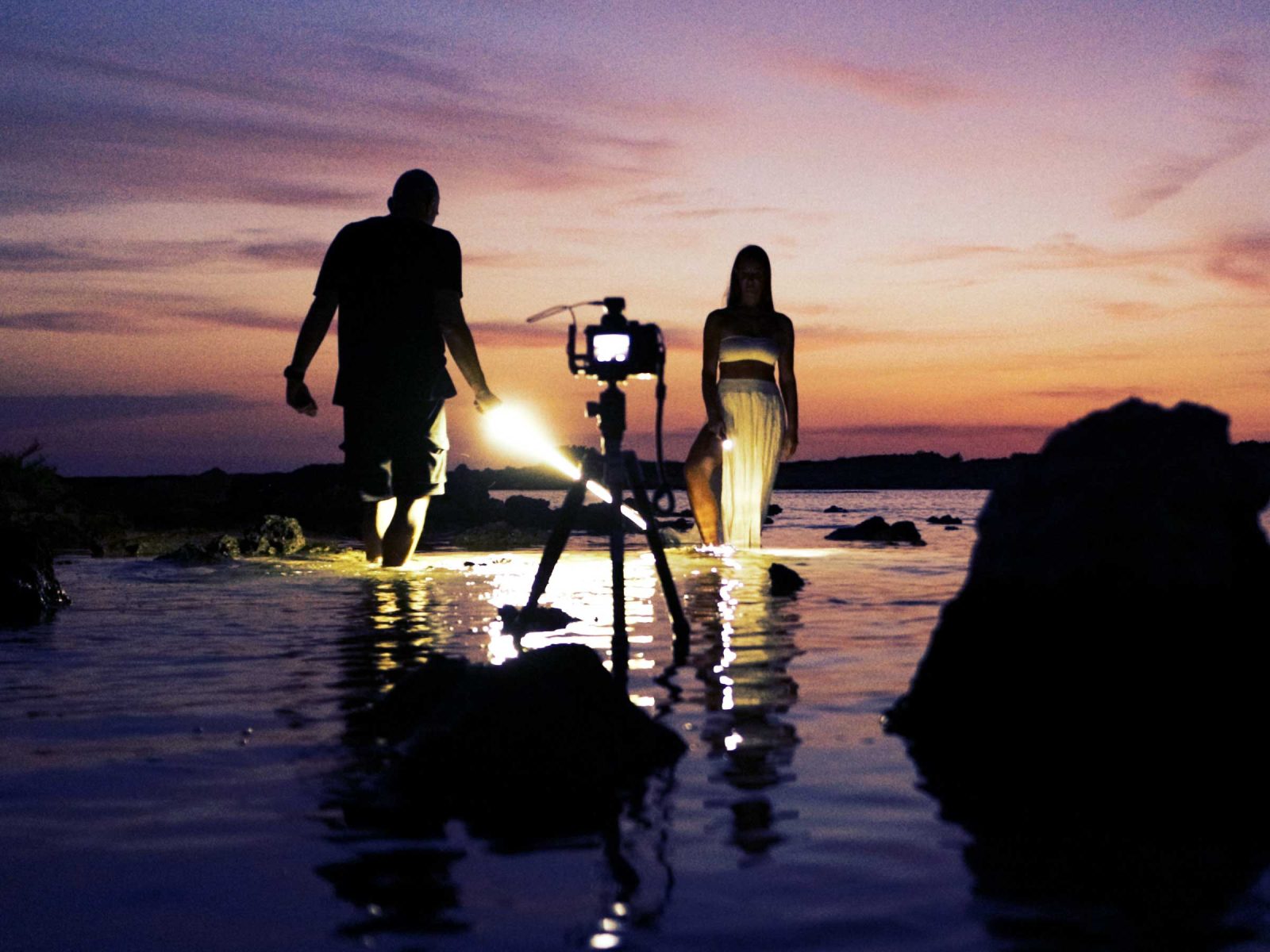
As a professional photographer, I have found a few essential pieces of equipment that are necessary when it comes to capturing stunning long-exposure shots. The first piece of equipment is a sturdy tripod. A tripod is crucial when it comes to long-exposure photography because it helps keep the camera stable and still for longer periods. Without a tripod, your shots will be blurry and shaky.
The second essential piece of equipment is a high-quality camera. You don't necessarily have to break the bank, but you do need a camera that is capable of manual control.
Lastly, while smartphones may not be the first option for many photographers, it's worth noting that some smartphones now come equipped with full manual mode, making them capable of capturing long exposure shots as well. Android phones have it, iPhones have a more user-friendly mode that can be hard to set manually. You can install the Adobe Lightroom app or find the one that fits you well.
Ultimately, the right equipment can make all the difference in the quality of your long-exposure photography.
How to set up a long exposure photo shoot
Start finding dark locations. Use flowing water (the sea, a river) or traffic lights. You can start at the blue hour to catch some colours in the sky.
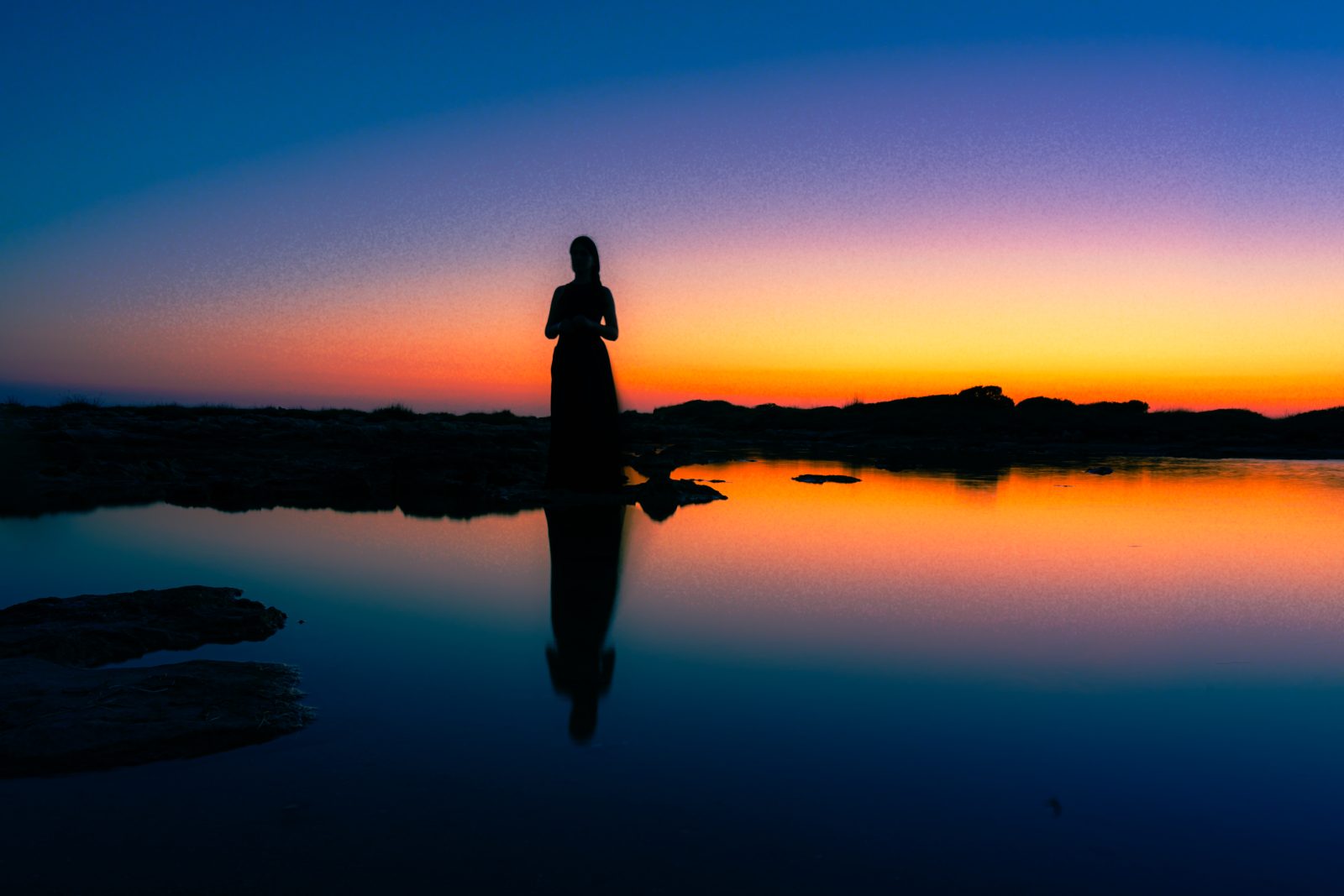
I've learned that setting up a long exposure photo shoot takes patience and attention to detail. The first step is finding a dark location to avoid any unwanted light interference. Once you've found your location, start scouting for the potential subject matter. Flowing water, such as a sea or river, makes for an excellent choice as it captures movement and allows for stunning long exposures.
If the natural location is not accessible because you are trapped into a concrete jungle, another option is to use traffic lights, which can create an intriguing blend of colours, especially during the blue hour when the sky is awash with beautiful hues. Use curves, roundabouts, work on the composition of your photo to create interesting light trails captured with long exposure technique.
By following these tips, you'll be able to set up a basic long exposure photo shoot that captures the beauty of nature and the cityscape.
Tips and tricks on getting creative with your light-painting photos
Work with composition: look for interesting curves made by cars or by the water. Use a person as the subject to make it more interesting. Move a light source to add some light-painting
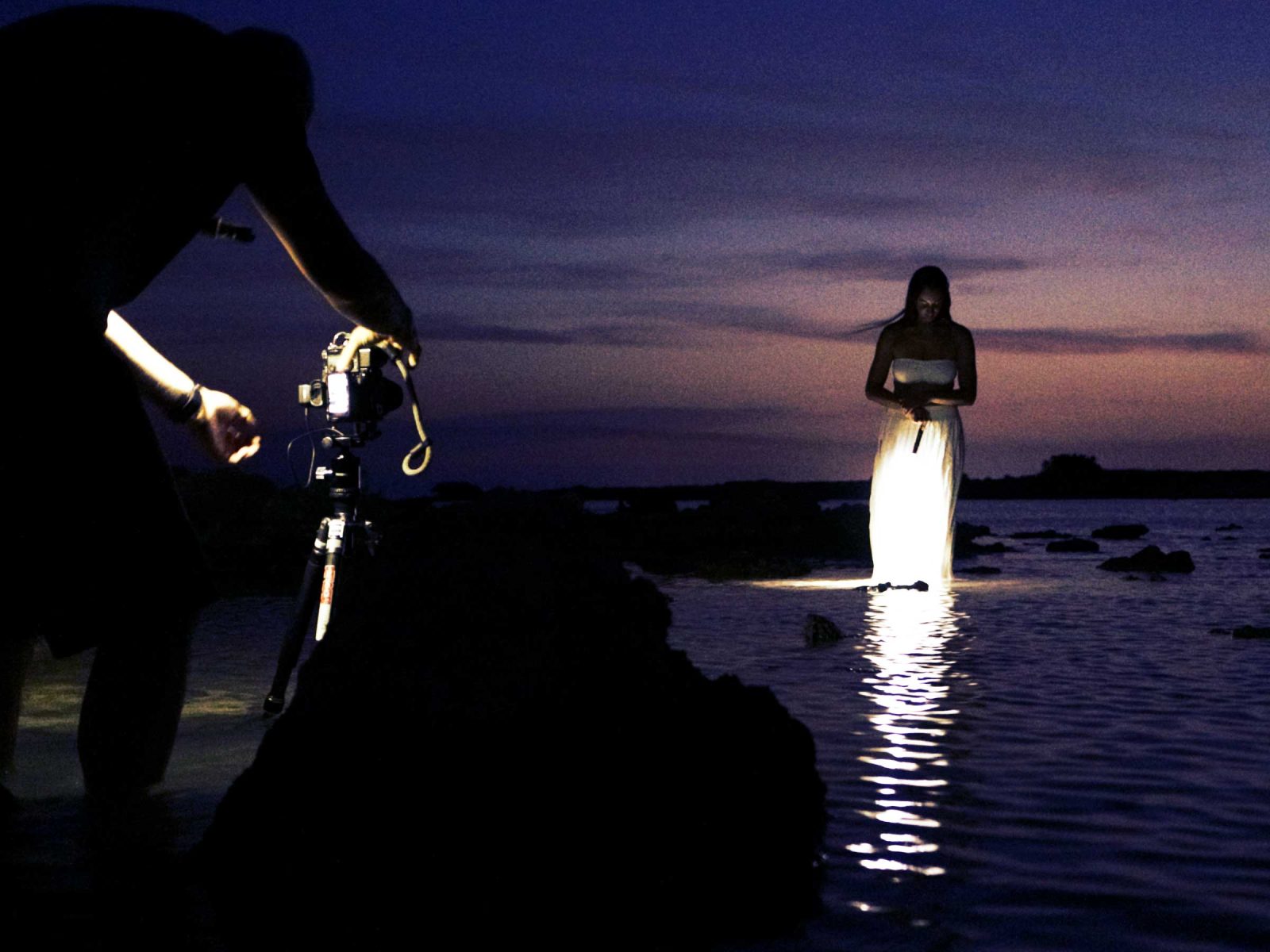
I always strive to push the boundaries and get creative with my light-painting photos. One of the key tricks to achieving an intriguing composition is to look for interesting curves that can be enhanced with light.
Cars and water are particularly great for this, as they can create stunning light trails when captured correctly.
Additionally, introducing a human subject can add a new layer of interest and depth to your photo. But the real secret to a stand-out light-painting shot is to experiment with different light sources and movements. Try moving the light around during long exposures, or even use multiple light sources to create complex and dynamic images. Remember, the key to success with light-painting is to think outside the box and always be willing to try new things.
Examples of my own work demonstrating the power of light-painting photography
I started with night photography and the stars. Then I moved seaside to capture twilight and peaceful photos by the sea. Then I started with light-painting with girls and humans.
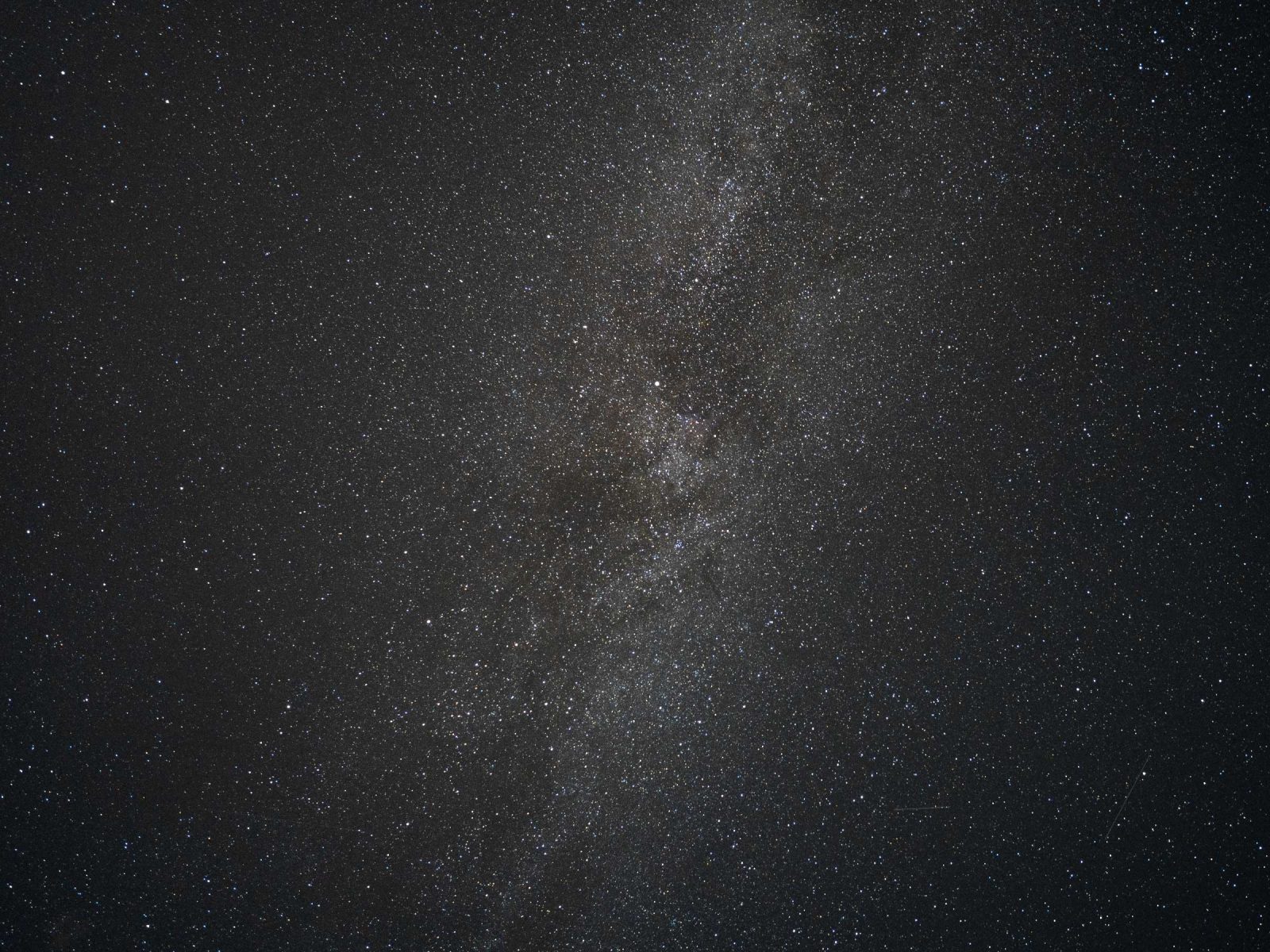
I have honed my craft over time and found that light-painting photography has a mesmerizing appeal. Some of my favourite examples of my work showcase the beauty of the night sky, capturing the stars in all their glory.
These photos are a testament to the power of a long exposure shot, as they reveal brilliant celestial bodies that the naked eye might overlook. Taking my skills to the seaside, I've also been able to capture stunning sunsets and placid waters, imbuing my images with a sense of serenity and calm.
Incorporating human subjects using light-painting techniques added a new layer of complexity to my work, allowing me to capture the interplay of light and shadow uniquely. These are just some of the ways that I've explored and experimented with in my art, and I'm looking forward to what's next.
The importance of post-processing your shots for optimal results
Find the correct exposure for your photos. Fix imperfections later
I know that the key to stunning shots is not just finding the right angle or setting, it's also about the post-processing that follows. Taking a well-exposed photograph is crucial, but even the best exposures can still benefit from a touch-up in post-processing.
It's important to fix small imperfections or adjust the colour balance, contrast or sharpness to make images look their very best. Some might argue that post-processing defeats the purpose of being a skilled photographer, but I believe otherwise. It's a crucial aspect that can elevate your craft and help you achieve optimal results for your clients.
So, taking the time to properly edit your shots is not just important - it's a necessary element in the art of photography.
When it comes to long exposure photography and light-painting, the possibilities are truly endless.
By understanding the basics of this creative art form and being creative with the tools I use, I have been able to create some amazing photographs so far. Through exploring different types of equipment and learning important tips like adjusting your shutter speed, you too can create beautiful works of art.
Don't forget post-processing either; this will almost certainly guarantee the best results for whatever you decide to put together next!
Sublument is my own light-painting photography project, and it has been one of the most rewarding creative outlets that I've ever pursued. If you're looking for more information on light-painting or just want to stay up-to-date with what I'm doing here at Sublument, why not sign up for my newsletter?
In any case, thanks for checking out my work and reading about a topic that is close to my heart.